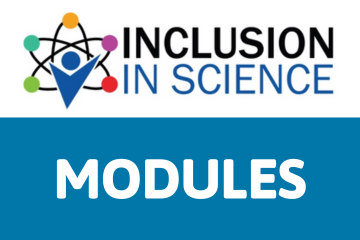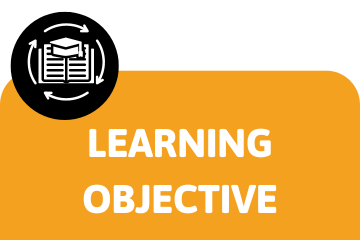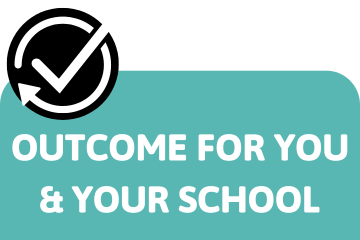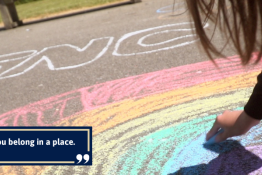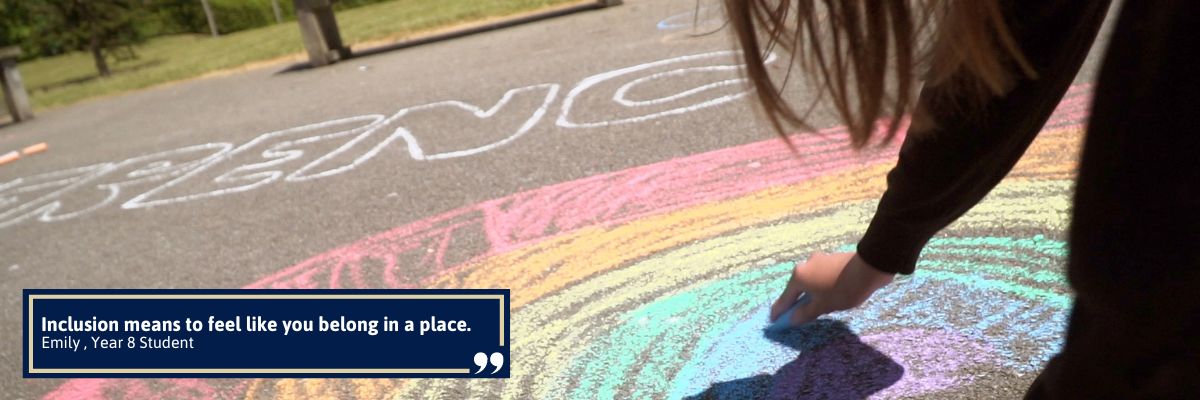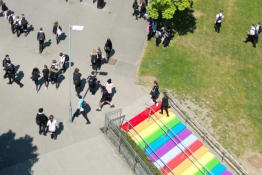Inclusion in Science
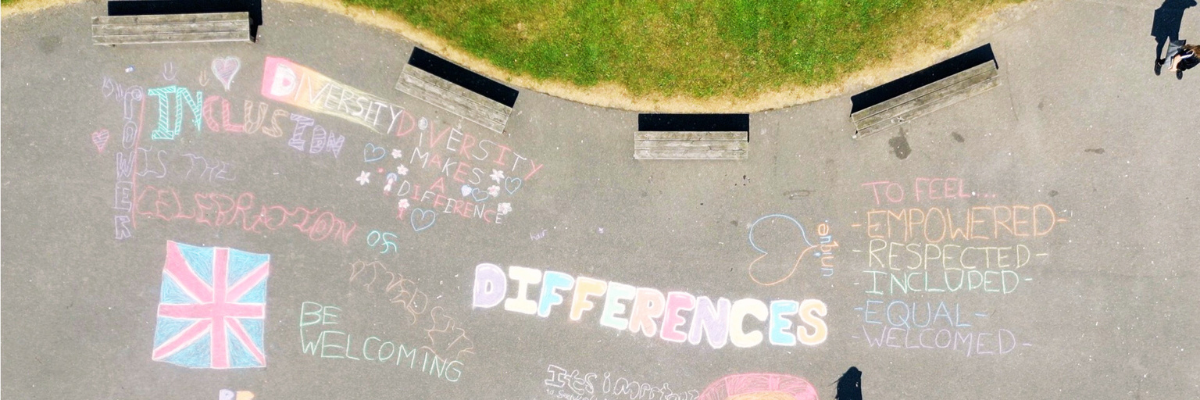
What is the Inclusion in Science programme?
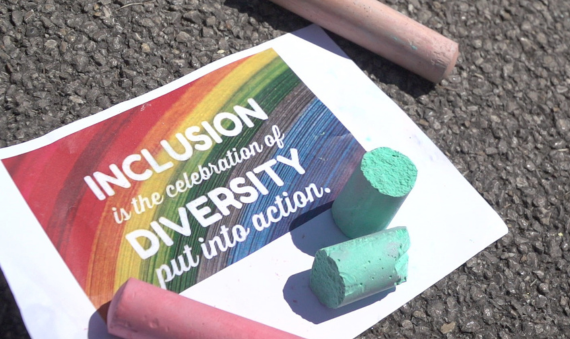
Inclusion in Science programme has now ended. It was an online CPD programme:
- For teachers who recognised inclusion is key to addressing gaps in engagement and attainment they see for different groups of students.
- For teachers who wanted to reflect and make changes so every student feels that science could be for them.
- It was fully-funded by the DfE for teachers of KS 3/4/5 in state-funded schools in England.
Our impact
We recognise how precious teacher time is, and wanted to ensure this programme was a valuable investment for participants. Alongside our own feedback which we collected and responded to after each module, we commissioned an external evaluation which we are delighted to say recognises the high-standards and impact we planned for.
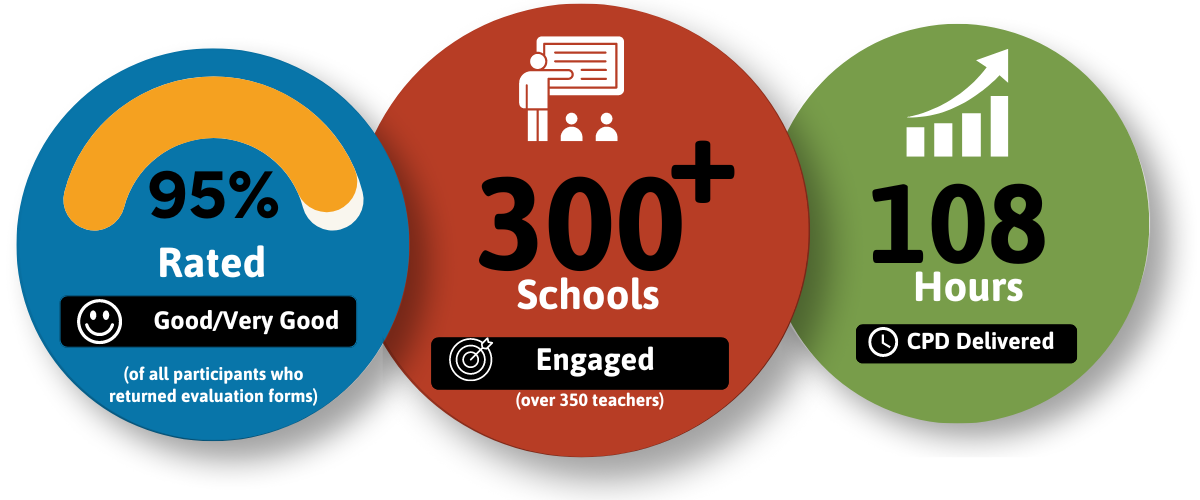
Additionally, schools were able to apply for funding to implement their learning. Our report shows these led to positive impacts on underserved students confidence, motivation and engagement in science; the science department improving effective practice, resources and quality of teaching.
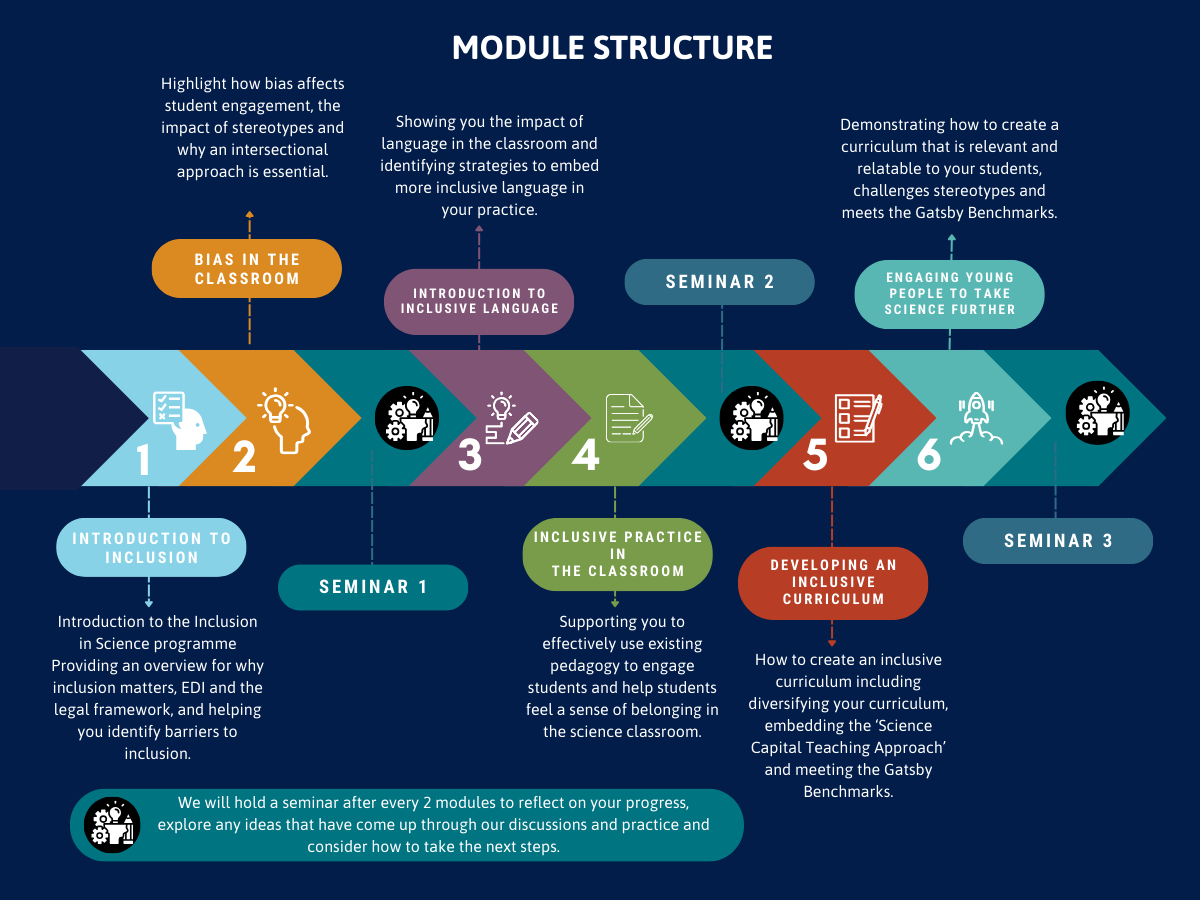
How does Inclusion in Science Work?
- Six modules delivered over a 6 month period via six webinars and three seminars
- All sessions are online with many opportunities for discussion and interactive learning
- Supporting workbook and resources to help implement learning
- Every webinar and seminar is repeated throughout the week to accommodate teacher’s busy and changing schedules

